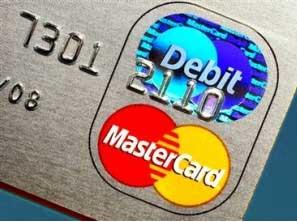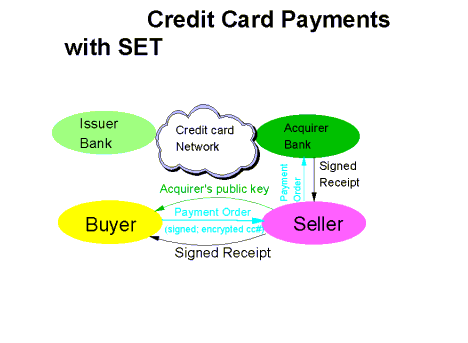Artificial intelligence (AI) is rapidly transforming the banking industry. Banks are using AI to improve customer service, automate back-office processes, and enhance risk management. AI-powered chatbots and virtual assistants are helping banks provide 24/7 customer service, while AI-powered analytics are enabling banks to analyze vast amounts of data and make better decisions. In this article, we will explore the different ways in which AI is being used in banking and the benefits and challenges associated with its use.
AI in Customer ServiceOne of the most visible applications of AI in banking is in customer service. AI-powered chatbots and virtual assistants are becoming increasingly common in the industry.



